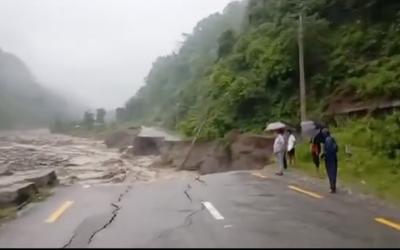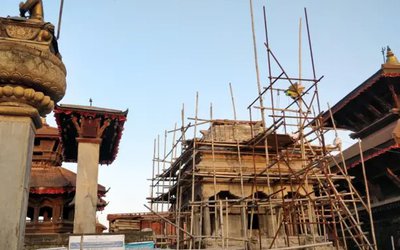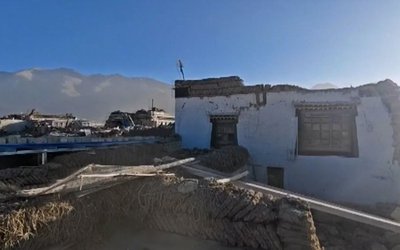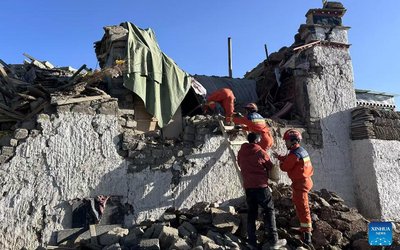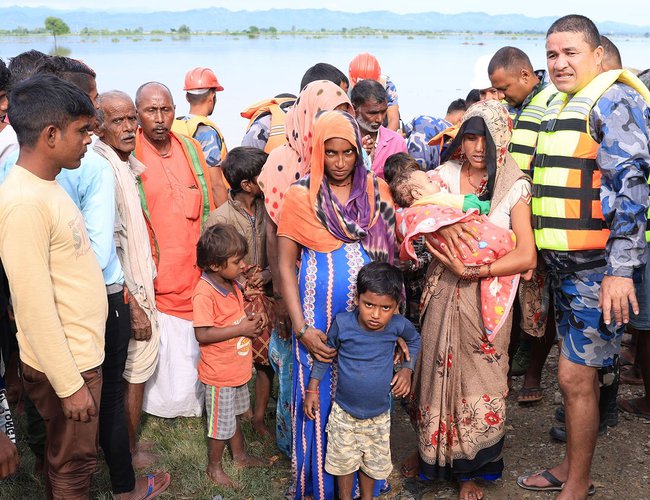
Unseasonal rains have hit communities in the West of Nepal and have pushed vulnerable people into humanitarian need. In an innovative approach to early warning, early humanitarian action, and disaster risk management amidst the global climate crisis, UN agencies in Nepal have acted on predictive analytics and meteorological forecast data to pre-emptively mitigate and respond to worst likely impacts on flood-affected communities in the Karnali River Basin.On 7 October, the UN Central Emergency Response Fund (CERF) disbursed US$3.2 million to three UN agencies to support communities ahead of peak flood impact through the activation of a pre-agreed anticipatory action framework.Recipients of these funds enabled the three participating agencies – the World Food Programme (WFP), the United Nations Population Fund (UNFPA), and the United Nations Entity for Gender Equality and the Empowerment of Women (UN Women) – to communicate early warning messages, distribute cash and comprehensive relief package (food and non-food items, energy saving cooking device, solar radio, clothes, and services such as legal and psycho-social counseling).In addition, essential items, such as hygiene, dignity and health kits are distributed to facilitate access to critical health and protection services, including through the deployment of emergency medical teams and rapid response teams, community psychosocial workers, gender advisors and monitoring specialist. Recognizing the specific impacts of disasters on women and marginalized groups, the allocation seeks to address a broad range of their needs across all phases of the response.The anticipatory allocation from the CERF in Nepal is the latest example of anticipatory humanitarian action. Developments in data and predictive analytics make it increasingly possible to anticipate when a disaster is about to strike and take necessary action in advance. This approach offers a potentially more dignified, swifter, and (cost-)effective way to responding to the humanitarian needs of people caught in the global climate crisis.Launched as a pilot in Nepal, the anticipatory action framework have four UN agencies – UNFPA, UNICEF, UN Women, and WFP – in partnership with the Nepal Red Cross Society (NRCS) and national NGOs and in close collaboration with the federal, provincial and local authorities, who will provide collective anticipatory humanitarian action to people at risk of predicted severe monsoon flooding in Nepal. This pilot will aim to provide life-saving assistance to over 80,000 people across 23 flood prone municipalities (“palikas”).
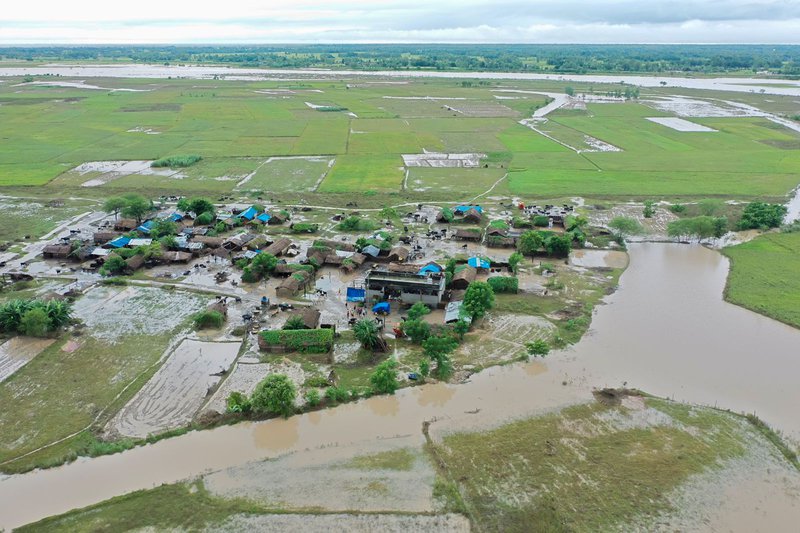
On 02 October, a high probability of severe flooding was forecast for the following weeks in the historically affected Karnali river basin in the west of the country, with likely humanitarian consequences across 6 municipalities. On 07 October, forecasts reconfirmed the severity of the projected shock, setting into motion the distribution of goods and services aimed at mitigating the humanitarian impact on the most vulnerable households ahead of peak flooding. Nepal is highly vulnerable to climate-related shocks and stresses, including monsoon flooding. In some years, flooding is more intense and surpasses the ability of communities to cope, leading to death and the destruction of infrastructure, livelihoods and homes, leading to acute and urgent humanitarian needs. Anticipating and acting before the natural disasters hit can save lives and livelihoods.
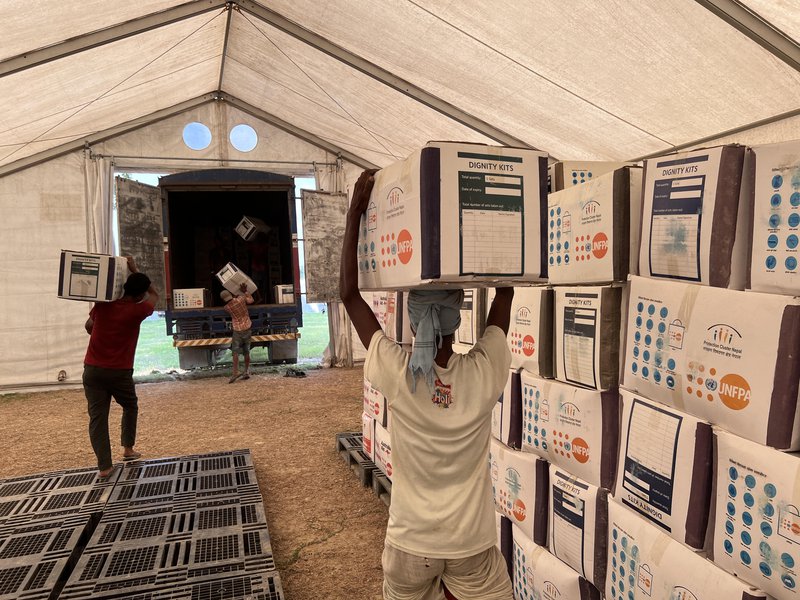
Marked every 13 October, the International Day for Disaster Risk Reduction (IDDRR) in 2022 is focusing on “Target G” of the Sendai Framework: “Substantially increase the availability of and access to multi-hazard early warning systems and disaster risk information and assessments to people by 2030.”
- Global IME Capital’s “Samunnat Yojana 2” Mutual Fund Opens for Public Offering from July 6
- Jul 03, 2025
- Nepal Among Investment-Friendly Countries, Immense Opportunities Exist – Prime Minister
- Jul 03, 2025
- Supreme Court upholds appointment of 52 officials
- Jul 03, 2025
- Weather Forecast: Generally Cloudy In The Hilly Areas With Heavy Rainfall In Some Areas Of Bagmati And Koshi Province
- Jul 03, 2025
- MCA-Nepal Welcomes Continued U.S. Support for MCC Nepal Compact Implementation
- Jul 02, 2025

